Sotheby’s New U.S. Head of Watches on Why Collectors Are Seeking Timepieces With Riveting Stories
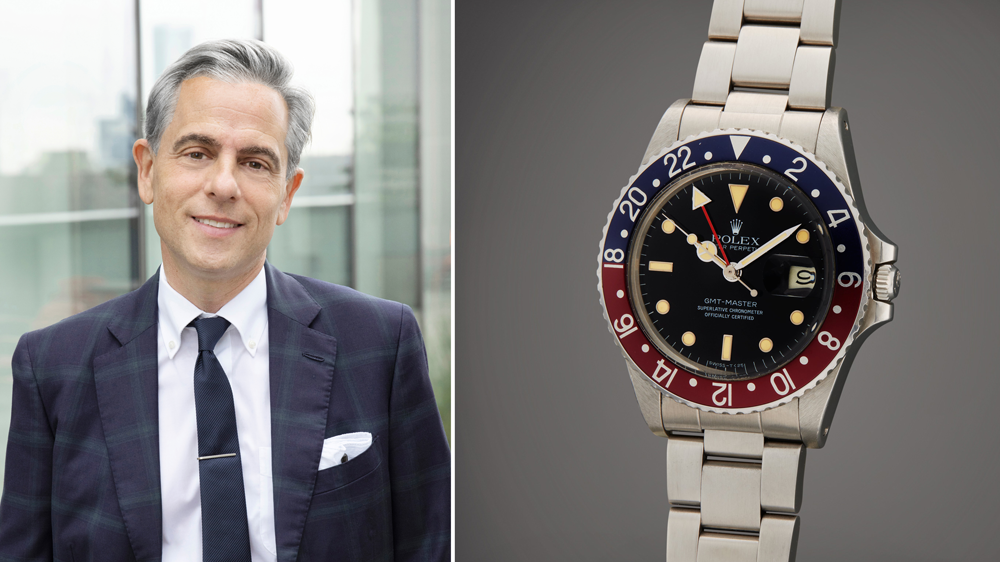
Fresh off of RollieFest, a two-day N.Y.C. gathering of some of the watch world’s biggest collectors, Geoff Hess, Sotheby’s new senior vice president and head of watches in the Americas, described his reaction when 175 collectors from 17 countries brought out their finest timepieces.
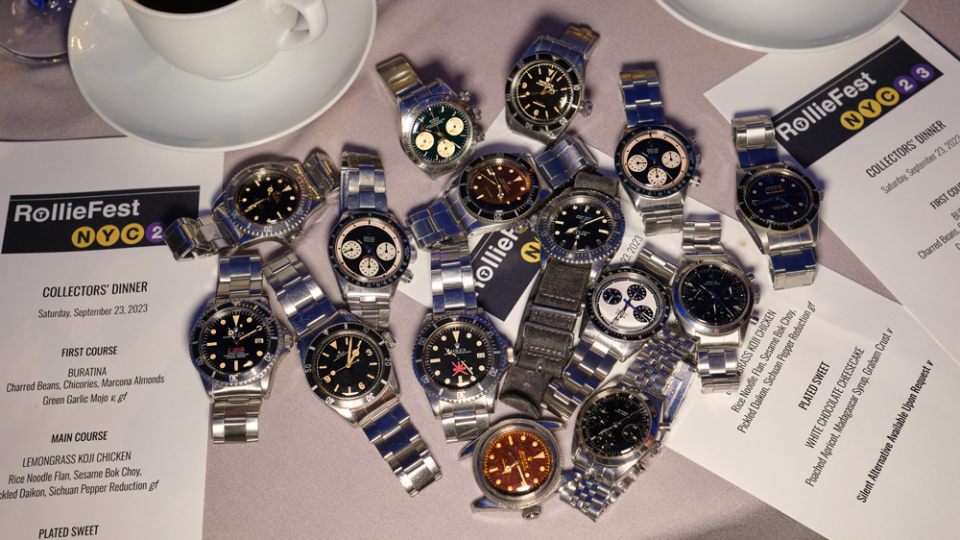
“I felt as if I had opened a bank without a vault,” Hess tells Robb Report.
More from Robb Report
Audemars Piguet's New Gem-Set Royal Oak Watches Have More Than 1,500 Stones
Jay-Z's Diamond-Studded Jacob & Co. Watch Sold for $1.5 Million at Auction
Zenith Just Dropped a Pink Chronomaster Sport in Honor of Breast Cancer Awareness Month
The estimated value of all those watches—including heaps of Rolexes, as the name of the event implies, but also Pateks, Cartiers, and APs—was “certainly millions,” he says. “No matter what part of the world you’re from, how young or how old, we all share the same passion for the details of our watches, the history they share.”
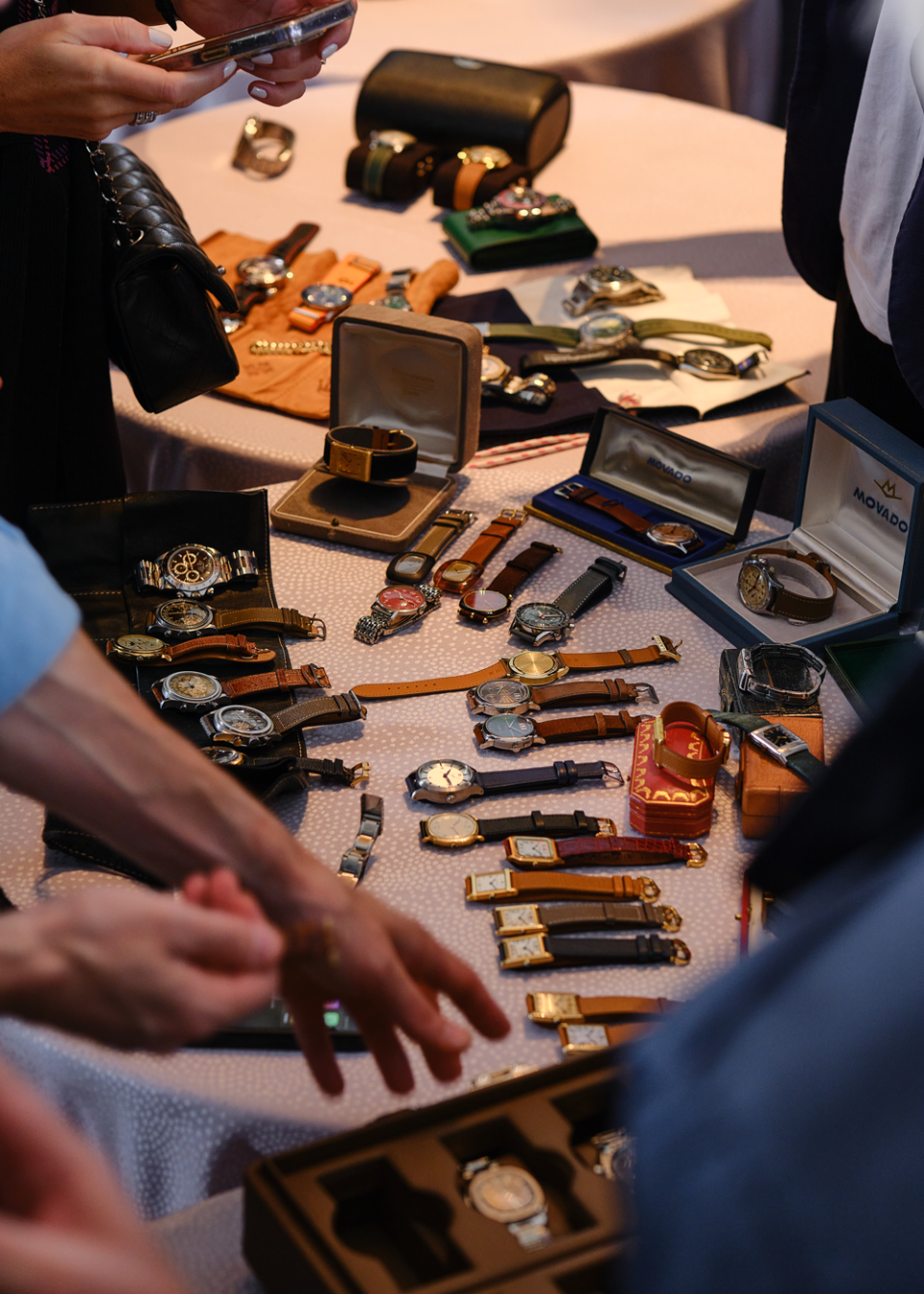
Hess is bringing that same spirit of inclusiveness to his new gig at Sotheby’s, which he started just two months ago, one year to the day from when he resigned from Phillips, where he’d served for four years as an international specialist in the watch department.
“I had a great experience at Phillips, I wasn’t disgruntled,” he says. “I had a six-month garden leave period and a six-month non-compete and it was quite flattering that Sotheby’s was willing to wait one year for me.”
As he gears up for his first New York sale, set for Dec. 7, Hess lays out his grand vision for how the watch collecting category will evolve. “You’ll see a real focus on watches with provenance and narratives that collectors can connect with, watches with stories—and maybe a little less attention on the hype steel sport watches that attracted so much attention last year,” he says. “We have some single-owner collections coming, and a couple are even named, which is unusual.”
“I think collectors in general will be less focused on those hype steel sport watches,” Hess adds.
So which makers, models, and eras are poised to rise in their place?
One promising direction points to the 1980s and ’90s, the period also known as “neo-vintage.”
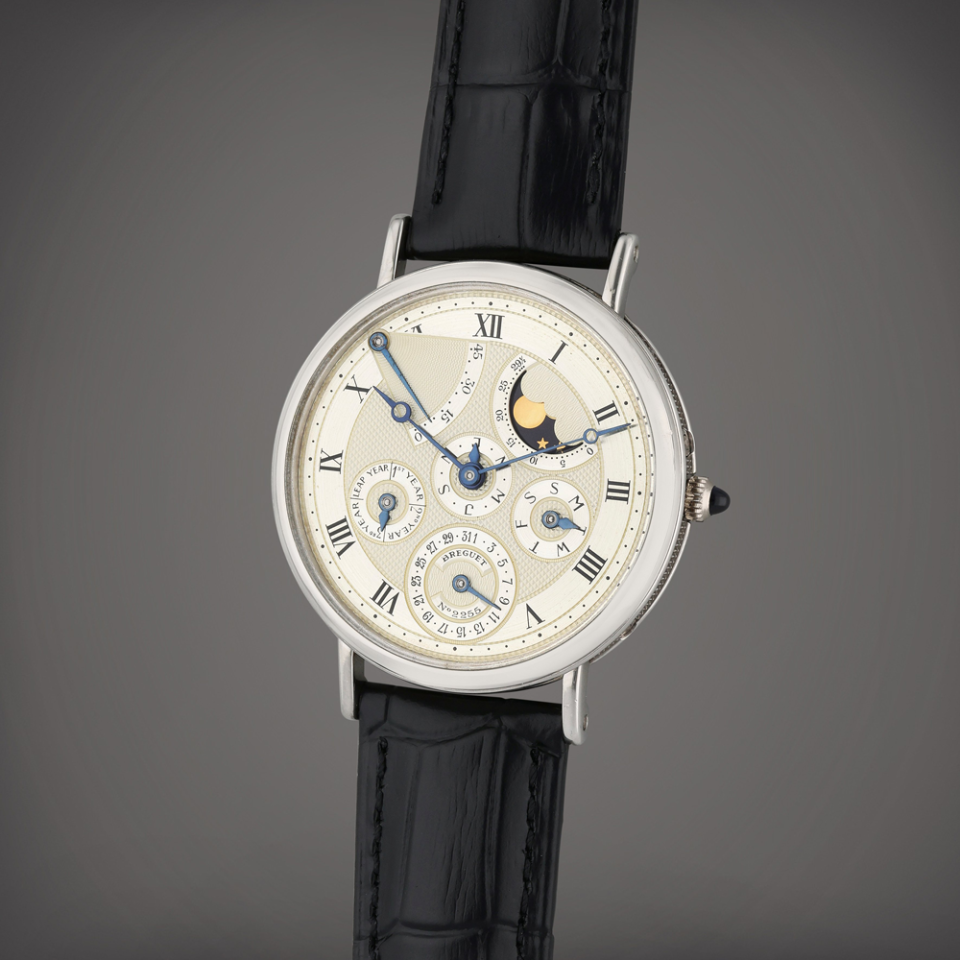
“It represents a natural progression for a newer generation of collectors who’ve been buying mainly newer watches,” Hess says. “The natural progression would be to go back one generation, not to the 1940s or ’50s, but to the ’90s, and that’s very consistent with what we’re seeing with respect to online sales.
“Online sales have been embraced by this new generation of millennials, attracting a newer and younger audience to our sales,” he adds. “Given we’re seeing an influx of new buyers, it’s not terribly surprising that there’s some focus on neo-vintage.”
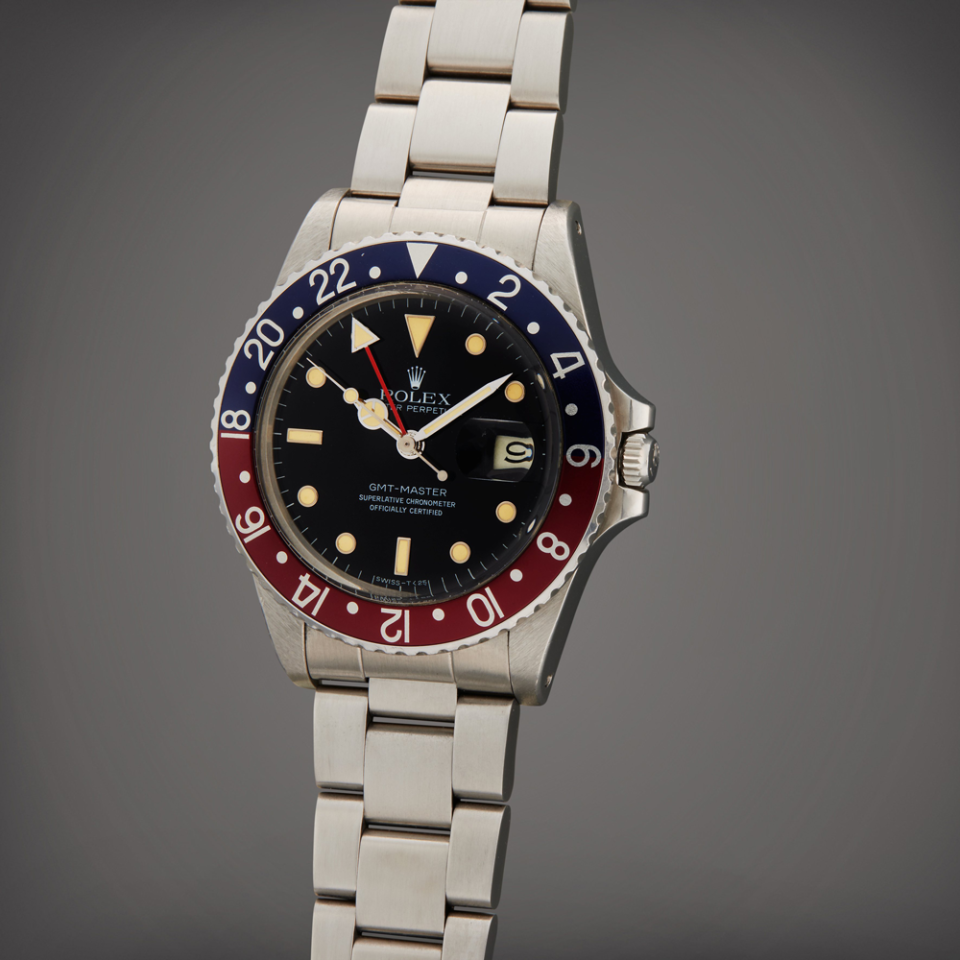
The period is often associated with early Daniel Roth, Breguet, and Parmigiani, but Hess says he’s seeing “a huge increase in neo-vintage with respect to Rolex. Now people are looking at 16750s, the five-digit Rolexes. There’s much more newfound interest in that line.”
Dress watches may seem like they’ve been on the precipice of a more mainstream revival for a few years now, but Hess says that given the growing interest in smaller watches, now may be the moment dress styles finally lift off. Cartier’s resurgence has a good deal to do with that.
“At Cartier, it was all about case shapes and iconic designs—they weren’t sport watches,” he says. “The Crash, the Cloche, the Assymetrique—all are smaller dress watches being embraced by collectors in a way we’ve never seen.”
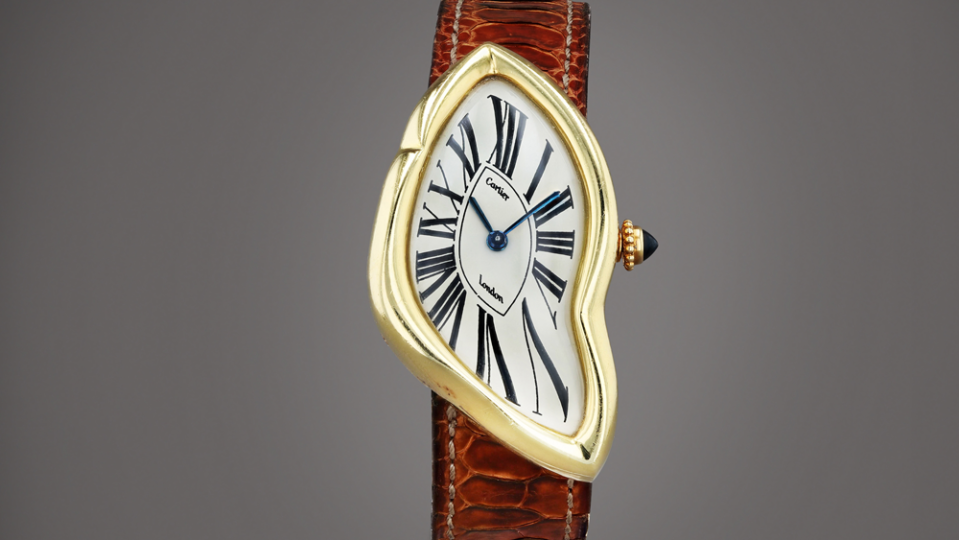
Hess attributes the mania for Cartier to a broader trend that began during the pandemic, when interest in watches soared. “So many new collectors are discovering the joy of collecting and with so many new eyes on the hobby, people are looking around like never before,” he says.
“It’s no secret that a lot of the sport watches are difficult to find, and allocation becomes a big issue, so you start looking around. And people are discovering things that have been underappreciated for so long. People haven’t talked about Breguet in a very long time.
“Cartier is the best example,” he adds. “The Cloche, the new Tank Normal, one after the next, people are gravitating to these incredible iconic models.”
In the contemporary space, independent watchmakers continue to garner interest — but Hess emphasizes that their relatively low volume of production is the chief attraction for collectors.
“I’m seeing a great interest in the production of Lange,” he says, referring to the revered German maker A. Lange & S?hne, which belongs to the Richemont group. “They’re not an independent brand but their production levels are far lesser than other brands owned by big conglomerates. People are appreciating their innovation and construction and the rarity. That’s one brand where I’m always bullish.”
Hess spent a year nurturing such optimism, reflecting on the springboard that Phillips gave him into the auction category. “I’d been a collector for 30 years, but I had never worked on the auction side,” he says. “It was invaluable training for me.”
“I would not have been qualified for my current position without my experience at Phillips. And more importantly, anytime you work for people like Aurel Bacs, you come out wiser and better,” he adds, referring to the charismatic Geneva-based auctioneer who runs Phillips’ watch department through his consultancy, Bacs & Russo. “I liken it to a sport: When you play tennis with people much better than you, you come out better.”
During the year he spent on the sidelines of the watch business, however, Hess hardly skipped a beat on the networking front. “I had lunches and dinners with collectors virtually every single day of the year,” he says. “My wife said, ‘You’re the busiest unemployed guy I know.’”
For nine months, he also worked on RollieFest, a labor of love if ever there was one. “Watches don’t just tell time,” Hess concludes. “They connect people.”
Best of Robb Report
Sign up for Robb Report's Newsletter. For the latest news, follow us on Facebook, Twitter, and Instagram.
